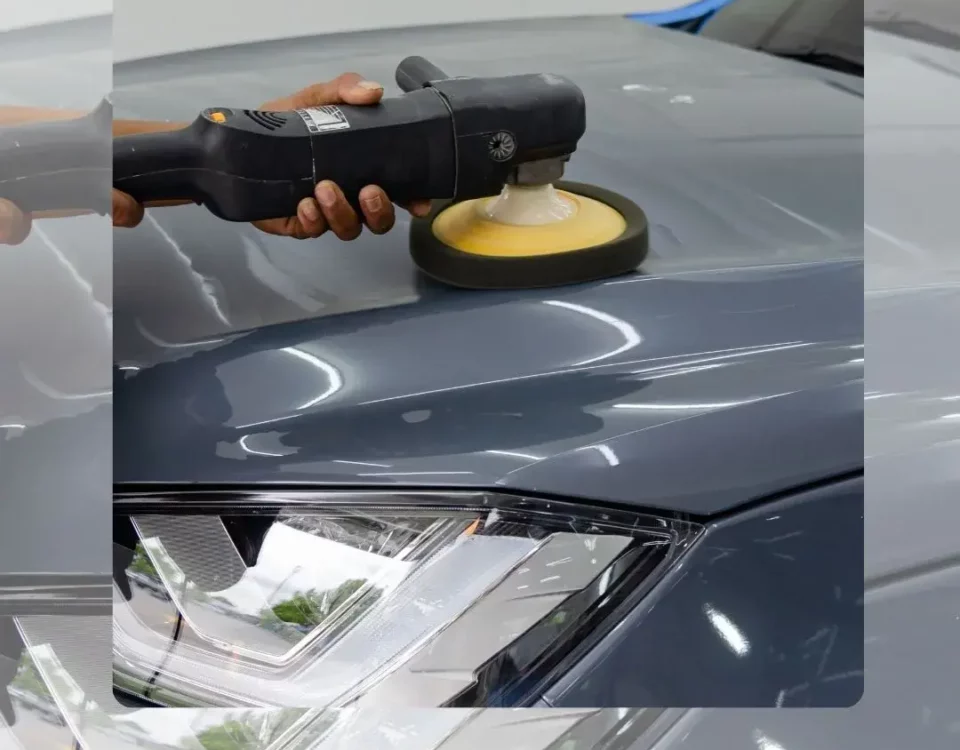
Exploring Engine Components: How Valves and Camshaft Work Together
August 12, 2024
Signs Your Transmission Needs Repair: Insights From an Experienced Auto Mechanic
September 6, 2024Diagnosing common transmission problems involves a methodical approach where an auto mechanic first listens for auditory clues such as whining or clunking sounds, often indicative of internal wear and tear. By examining the transmission fluid for correct levels and any signs of contamination or leakage, the mechanic gathers initial insights. Advanced diagnostic tools, like OBD-II scanners and transmission pressure testers, further aid in identifying specific issues such as slipping gears or delayed shifting. This systematic process, grounded in technical expertise and precision, forms the foundation for resolving transmission malfunctions effectively. But what are the next steps to ensure the vehicle’s optimal performance?
Common Transmission Symptoms
Transmission problems can manifest through a variety of common symptoms that indicate potential issues within the system. One of the most recognizable signs is unusual noises, such as whining, clunking, or humming, which often signal internal wear or damage.
Slipping gears, where the transmission unexpectedly changes gear or falls into neutral, can pose significant safety risks and typically point to worn or damaged components.
Delayed or harsh shifting is another prevalent symptom, often resulting from issues like low transmission fluid, worn-out solenoids, or deteriorating clutch packs. These symptoms not only affect driving comfort but can also lead to further mechanical complications if left unaddressed.
Additionally, fluid leaks under the vehicle are a clear sign of transmission trouble. Transmission fluid is vital for lubrication and cooling, and its absence can cause severe damage over time.
Furthermore, dashboard warning lights, specifically the “check engine” light, can illuminate due to transmission-related faults. Advanced onboard diagnostics often capture these issues, alerting the driver to problems that might not yet be physically apparent. Recognizing and understanding these symptoms is crucial for timely intervention, ensuring the longevity and reliability of the vehicle’s transmission system.
Diagnostic Tools and Methods
Recognizing the common symptoms of transmission issues is the first step towards addressing potential problems, but accurately diagnosing these issues requires specialized diagnostic tools and methods. Auto mechanics employ a combination of advanced technology and hands-on techniques to pinpoint transmission faults effectively.
One of the primary tools in a mechanic’s arsenal is the OBD-II scanner, which connects to the vehicle’s onboard diagnostic system. This device reads trouble codes that the vehicle’s computer generates in response to transmission errors, providing a starting point for further investigation.
Another crucial tool is the transmission fluid pressure tester. By measuring the hydraulic pressure within the transmission system, this tool helps identify issues related to fluid flow and pressure irregularities, which are often indicative of internal component failures.
Mechanics also utilize advanced diagnostic software that interfaces with the vehicle’s electronic control unit (ECU). This software can simulate various driving conditions and monitor the transmission’s response in real-time, uncovering subtle issues that might not trigger an OBD-II code.
These tools, combined with a mechanic’s expertise, ensure precise and efficient diagnosis, fostering a sense of reliability and trust within the automotive community.
The juxtaposition of symptomatic observation and diagnostic precision reveals the comprehensive approach auto mechanic employ in diagnosing transmission problems. Unusual noises and fluid anomalies stand in stark contrast to the sophisticated tools like OBD-II scanners and pressure testers. This combination ensures accurate identification and resolution of issues, thereby maintaining vehicular efficiency. The seamless integration of hands-on expertise and advanced technology exemplifies the meticulous process necessary for effective transmission maintenance and repair.





